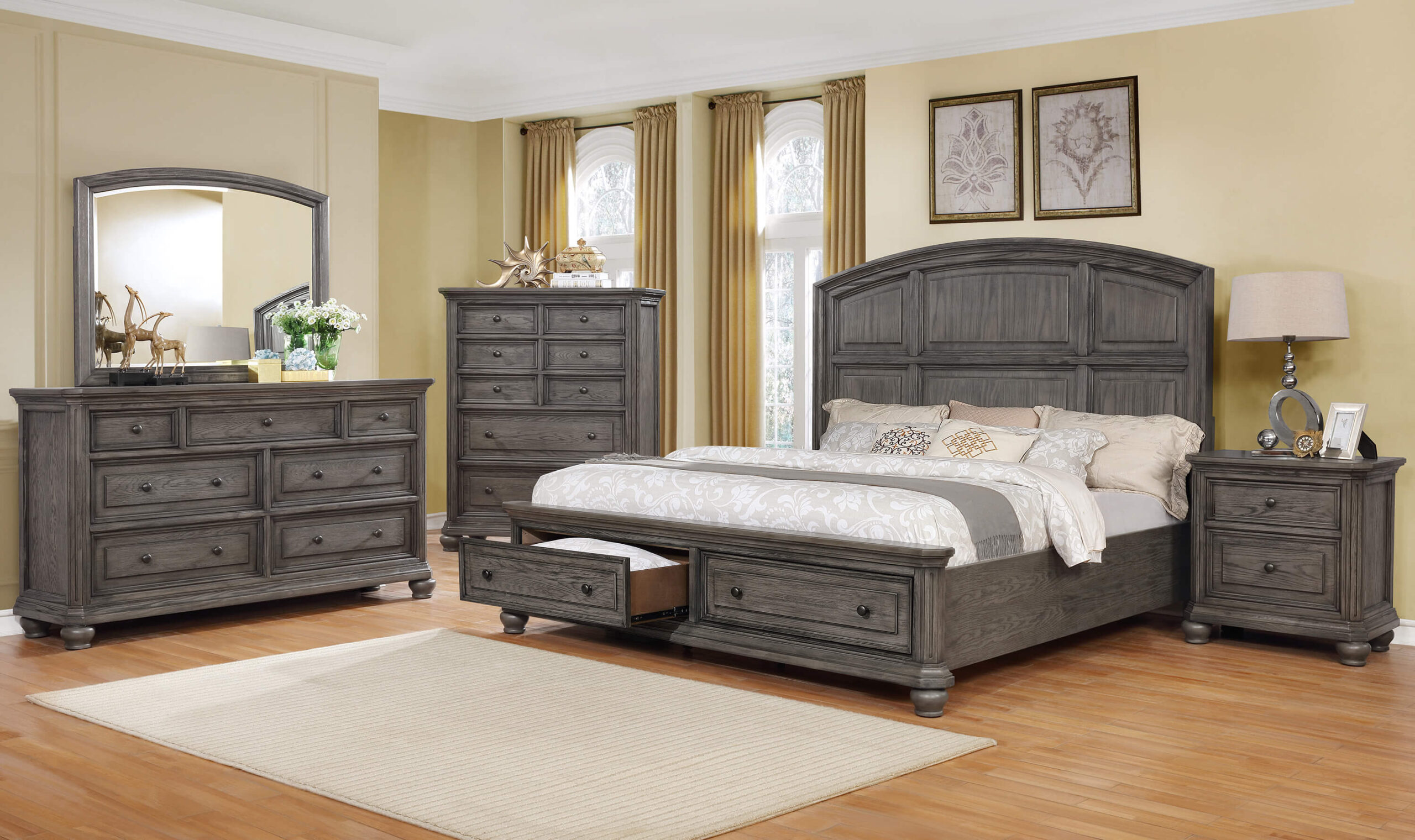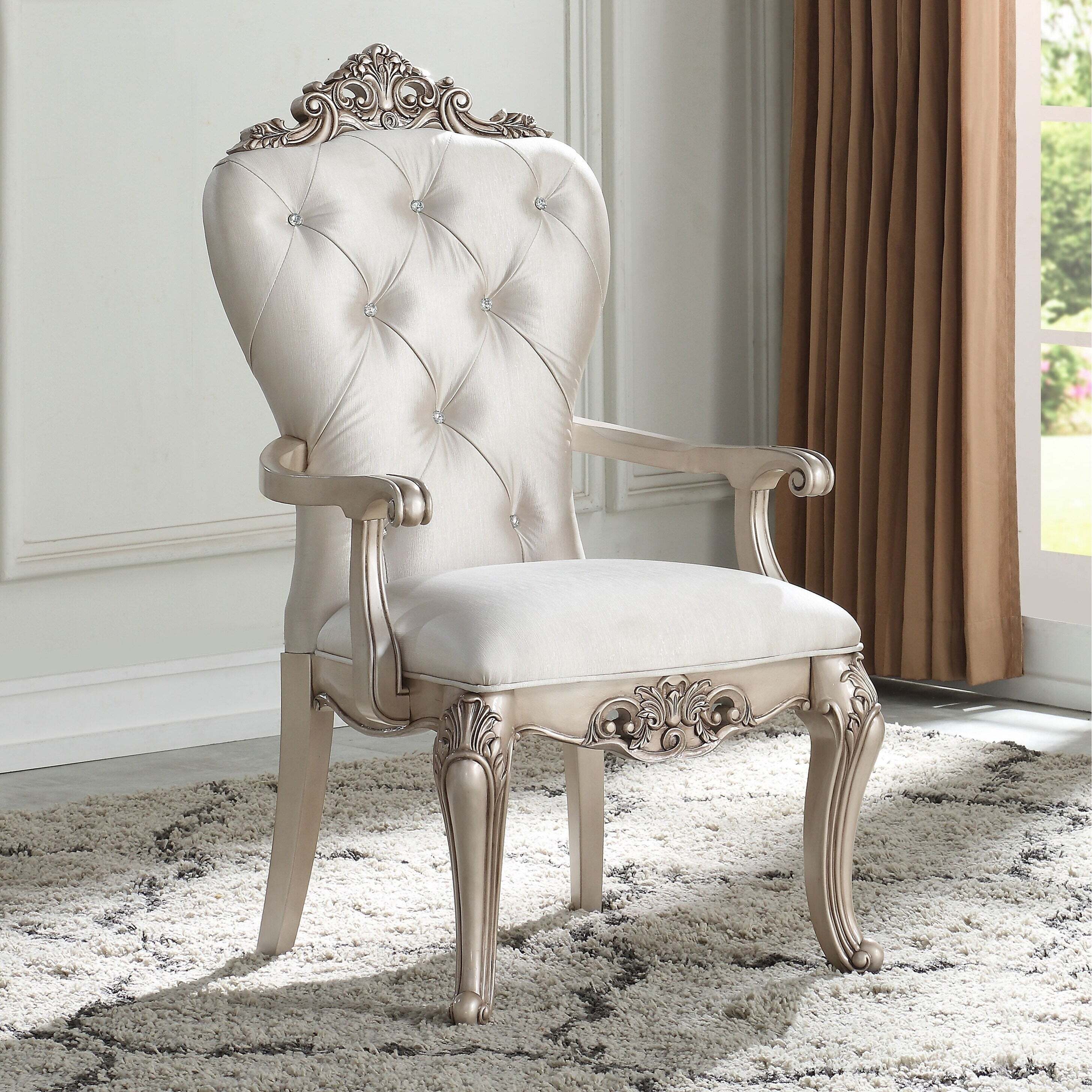The Queen Anne Style

The Queen Anne style, a captivating chapter in furniture design, emerged during the reign of Queen Anne of Great Britain (1702-1714). This era, marked by political stability and economic prosperity, witnessed a burgeoning interest in elegant and refined aesthetics, profoundly shaping the evolution of furniture design.
The Origins and Evolution of the Queen Anne Style
The Queen Anne style, while named after the reigning monarch, was deeply rooted in the artistic currents of the late 17th and early 18th centuries. It drew inspiration from both Dutch and French styles, reflecting the international artistic exchange that characterized the period.
The Dutch influence was evident in the use of walnut wood, a favored material for its rich color and durability. The graceful curves and flowing lines of Queen Anne furniture, particularly in chairs and tables, were a direct response to the Dutch preference for elegant and functional design. The French influence, however, brought a sense of formality and grandeur, evident in the intricate carvings and decorative elements that adorned Queen Anne pieces.
The Queen Anne style evolved significantly throughout the early 18th century, becoming increasingly refined and ornate. The early Queen Anne pieces were characterized by simple, elegant lines, while later examples incorporated more elaborate carvings and embellishments. The style’s popularity extended beyond furniture, influencing the design of other decorative objects, such as silver, porcelain, and textiles.
Defining Characteristics of Queen Anne Furniture
Queen Anne furniture is easily recognizable for its distinctive features, including:
- Cabriole Legs: These gracefully curved legs, inspired by the S-shaped curves of the Baroque period, are a hallmark of the Queen Anne style. They often terminate in a ball-and-claw foot or a pad foot, adding an element of elegance and sophistication.
- Walnut Wood: The use of walnut wood, with its rich brown hues and beautiful grain patterns, was a defining characteristic of Queen Anne furniture. It provided a warm and inviting aesthetic that complemented the elegant lines of the pieces.
- Intricate Carvings: While early Queen Anne pieces featured simple carvings, later examples incorporated more elaborate designs. The carvings, often depicting floral motifs, shells, or scrolls, added a touch of opulence and refinement to the furniture.
- Caned Seats and Backs: Cane, a lightweight and durable material, was frequently used for the seats and backs of Queen Anne chairs. The openwork design of cane allowed for greater air circulation and provided a comfortable seating experience.
The Queen Anne Style: A Departure from the Baroque
The Queen Anne style represented a departure from the preceding Baroque period, which emphasized grandeur and opulence. While the Baroque style was characterized by heavy ornamentation, bold curves, and extravagant embellishments, the Queen Anne style embraced a more refined and restrained aesthetic.
The Queen Anne style favored elegance over extravagance, emphasizing graceful curves, delicate carvings, and understated ornamentation. The use of lighter woods, such as walnut, contributed to the overall sense of lightness and refinement. The Queen Anne style reflected a shift in taste toward a more understated and elegant aesthetic, which would continue to influence furniture design for decades to come.
Key Features of a Queen Anne Bedroom Chair: Queen Anne Style Bedroom Chair
The Queen Anne style, a dominant force in furniture design during the early 18th century, brought about a unique aesthetic that is still admired today. Queen Anne bedroom chairs are particularly notable for their graceful curves, elegant proportions, and intricate details.
Construction and Materials
Queen Anne bedroom chairs were typically crafted from high-quality hardwoods, showcasing the craftsmanship of the era. Walnut and mahogany were favored for their rich color, durability, and ability to be intricately carved. The use of these woods reflected the wealth and status of the chair’s owner. The chair’s frame was carefully constructed using mortise-and-tenon joinery, ensuring strength and longevity. The seat was often made from a solid piece of wood, or sometimes a combination of wood and padding, and was designed to be comfortable for long periods of use.
Design Elements
Queen Anne bedroom chairs are instantly recognizable by their distinctive design elements.
- The “splat” back, a single, vertical piece of wood that rises from the seat to the top of the chair back, is a defining feature. The splat often features intricate carvings or embellishments, adding to the chair’s elegance.
- The “drop-in” seat is another key characteristic. This type of seat is held in place by the chair’s frame, rather than being directly attached to the legs. This design allows for a more comfortable and supportive seat.
- The “cabriole” legs are perhaps the most iconic element of the Queen Anne style. These legs are curved and outward-sweeping, giving the chair a sense of lightness and movement. The cabriole legs often terminate in a “pad foot” or a “claw and ball” foot, adding further visual interest and refinement.
Upholstery and Fabric Choices
The upholstery and fabric choices for Queen Anne bedroom chairs were often a reflection of the owner’s taste and social status. Rich fabrics like velvet, damask, and brocade were popular choices, adding a touch of luxury and elegance to the chair. The colors and patterns of the fabrics also varied depending on the era and the owner’s preferences. For example, during the early 18th century, muted colors and simple patterns were favored, while later in the century, more vibrant colors and elaborate patterns became popular.
Variations and Evolution of the Queen Anne Bedroom Chair

The Queen Anne style, while rooted in the early 18th century, wasn’t static. It evolved over time, with variations emerging to reflect changing tastes and social contexts. This evolution gave rise to distinct types of Queen Anne chairs, each with its unique features and appeal.
Variations in Queen Anne Bedroom Chair Design
The Queen Anne style, characterized by its elegant curves and simple yet refined ornamentation, spawned several variations in chair design. These variations reflected not only aesthetic preferences but also practical considerations and the social status of the chair’s intended user.
- Wingback Chair: The wingback chair, with its high back and curved wings, provided both comfort and privacy. The wings served to deflect drafts and create a sense of enclosure, making the wingback chair particularly suitable for use in bedrooms and libraries. The wingback design, which evolved from the earlier “easy chair,” became a hallmark of the Queen Anne style, symbolizing both comfort and sophistication.
- Armchair: The armchair, featuring armrests, offered additional support and comfort. It was a popular choice for both men and women, particularly in the more formal settings of drawing rooms and parlors. The Queen Anne armchair, with its distinctive cabriole legs and elegant upholstery, became a symbol of refined taste and social status.
- Side Chair: The side chair, without armrests, was a more versatile and practical design. It was often used in dining rooms and as additional seating in drawing rooms. Queen Anne side chairs, with their elegant lines and simple ornamentation, were favored for their practicality and elegance.
Evolution of the Queen Anne Style
The Queen Anne style, while initially characterized by its simplicity and elegance, evolved over time to incorporate more elaborate ornamentation. This evolution was driven by a growing appreciation for decorative arts and a desire for greater visual impact.
- Ornate Carvings: Later Queen Anne chairs often featured more elaborate carvings, with intricate floral motifs, shell patterns, and even depictions of mythical creatures. These carvings, often executed in walnut or mahogany, added a touch of grandeur and sophistication to the chair’s design.
- Embellishments: In addition to carvings, later Queen Anne chairs incorporated other embellishments, such as gilded accents, inlaid woods, and decorative upholstery. These embellishments, often used in conjunction with intricate carvings, further enhanced the chair’s visual appeal and contributed to its status as a statement piece.
Adaptation to Different Social Contexts, Queen anne style bedroom chair
The Queen Anne bedroom chair, like many other furniture styles, was adapted to different social and cultural contexts throughout the 18th century. This adaptation reflected the changing tastes and needs of different social groups.
- Upper Class: The Queen Anne bedroom chair, particularly the wingback and armchair, became a staple of upper-class homes. It was seen as a symbol of comfort, sophistication, and status, reflecting the wealth and refinement of its owners. The more elaborate carvings and embellishments found on later Queen Anne chairs were particularly favored by the upper class, as they demonstrated their wealth and taste.
- Middle Class: The Queen Anne style also found its way into middle-class homes, albeit in simpler forms. Middle-class families favored chairs with less elaborate carvings and embellishments, opting for more practical and affordable designs. The Queen Anne side chair, with its simple yet elegant lines, became a popular choice for middle-class families.
